ADVENTURE IN ANTARCTICA
March 28, 2019
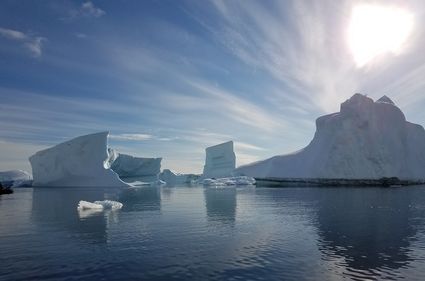
Jan Manning
Pleneau Bay, Antarctica, is known as the "iceberg graveyard." The natural ice sculptures are thousands of years old.
"You just got back from WHERE?" The Missoula airport parking lot attendant was incredulous.
"Antarctica," I replied, handing him payment for my long-term parking ticket.
"Isn't it cold enough for you here in Montana?" he asked, shaking his head. It was 10 degrees that February day, with a stiff wind.
"Actually, it was warmer there. It's summer in Antarctica, so it was a balmy 28 degrees with sunshine."
Since returning to the sub-zero temps in Sanders County last month, people have peppered me with questions about my recent two-week trek to Antarctica, the bottom of the world. So let's just get to the answers.
Why did you go to Antarctica?
For the past 40 years I've wanted to go, just to set foot on the continent, because so few other people have, and because it's one of most mysterious and least hospitable places on our planet. The stories of explorers like Shackleton and Scott have always fascinated me. At age 66, I decided it was now or never.
How did you get there?
Booking through an adventure travel firm in Missoula, I flew from Missoula to Dallas, then on to Santiago, Chile, and finally to Ushuaia, Argentina (the southernmost city in the world), where I boarded a cruise ship to the Antarctic Peninsula. The cruise portion was 10 days.
Was it a rough passage?
Drake Passage is known as the roughest sea passage in the world, but our voyage was relatively smooth, so very few got seasick. Most people wore patches to fend off seasickness. I took meclizine instead. It took us two days to get from Ushuaia to our first landing in the Shetland Islands.
Did you see penguins?
We saw thousands of penguins at every stop we made. They were small-not the big Emperor penguins-and many of them were still fuzzy, fat chicks going through the molting process. We also saw fur seals, Weddell seals, crabeater seals, leopard seals, humpback whales and orcas, plus lots of birds.
Did you go ashore?
Once we were across Drake Passage, we made two landings every day. Passengers were transported from ship to shore by inflatable zodiac boats that made "wet landings," meaning we had to step out of the boats into ankle-deep water and walk to shore. We were allowed to hike in the designated areas and to photograph the wildlife, as long as we kept a distance of about 15 feet. Penguins are curious, and would often walk right up to us, but we were not allowed to touch them or interact with them. None of the wildlife seems the least bit concerned about the humans who flock there to observe it, primarily because humans are no longer a threat to any of them. All Antarctic wildlife and artifacts, right down to the stones on the beach, are now protected by international treaty.
Did you see icebergs?
The icebergs were jaw-dropping and breath-taking...no other way to describe them. Drifting through a bay of icebergs in a zodiac was like drifting through another world. Their size is hard to comprehend without a GPS, but they are like massive high-rises, artistically sculpted by wind and water. You're looking at eons of ice buildup that have broken away from nameless glaciers over millions of years. The ice is so dense and void of air bubbles that it appears a cobalt blue.
Did you need special clothing?
Waterproof, insulated clothing was required for the zodiac crossings. The cruise line provided parkas and boots; passengers brought their own pants, gloves and headgear. The boots were knee-high "Bogs," so I brought my own from home. Unfortunately, they didn't pass inspection-though clean, they were apparently too full of hay seeds and discolored by Montana mud and horse poop, so I had to use boots provided by the ship. All the clothing and gear had to be inspected for any type of environmental pollutants (pollen, seeds, organic matter) in order to protect the pristine Antarctic environment.
What was the highlight of the trip?
The highlight was setting foot on the actual continent of Antarctica, at a place called Brown's Station, and signing "Jan Manning, Trout Creek, Montana, USA" in the guest register. A crew of about six Argentinians are posted at Brown's Station during the summer months and are there to assist researchers and scientists who come through on expeditions. Including tourists, about 38,000 people now visit Antarctica every year.
Was this an expensive trip?
It was very expensive, which is why it was a once-in-a-lifetime adventure for me. If I were 40 years younger, I'd still be looking for seasonal work down there, but at my age I don't plan to go back. I'm just glad I was able to do it at all. Many of the people on my cruise were fairly wealthy world travelers who had a quest to visit every continent and to get their passport stamped as many places as possible. That was not my interest. I just wanted to get to Antarctica the safest and most comfortable way I could. That's why I went with Silversea, which is a pretty upscale cruise line. I have no regrets; the whole voyage was wonderfully run.
What was the biggest problem on the trip?
Other than standing in line with thousands of people many times to get through customs, immigration and airport security at various stops, the only real problem was the flat tire I had on my car when I got back to Missoula!
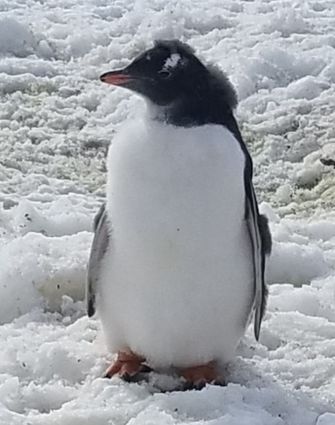
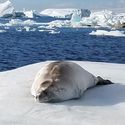
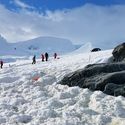
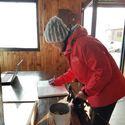
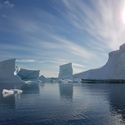
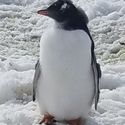





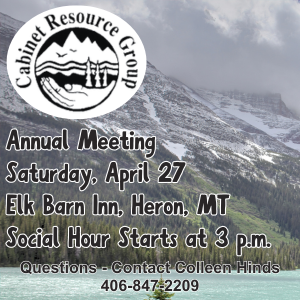
Reader Comments(0)